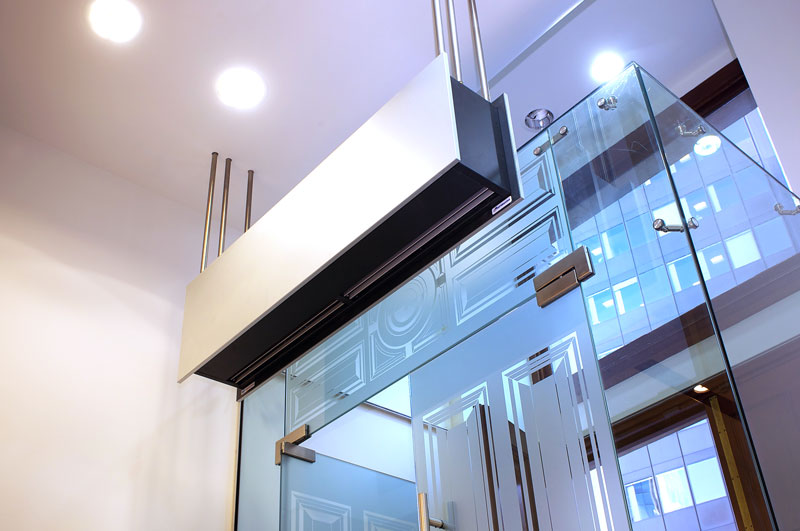Zen Air Curtains at the Andersen Museum in Odense, Denmark
Most of us have heard of "The Little Mermaid", "The Tin Soldier" or "The Ugly Duckling" since we were children. These are just three titles from Hans Christian Andersen's oeuvre of more than 200 stories for children and adults. And the museum that has been erected in his honour has become a magical space for children and adults alike since the summer with the latest technology in its facilities, such as air curtains.

The museum is the lungs of Odesen, the birthplace of the most prolific and renowned author in the history of Danish literature. The gardens are the main element around which this architectural jewel is built, which has positioned itself as one of the most poetic buildings of the moment.
Its architecture and interior design has been carried out by the most renowned professionals. The new museum was designed by Japanese architect Kengo Kuma and his team, who also designed the Tokyo Olympic Stadium. As part of the design process, Kuma was inspired by Andersen's fairy tale "The Tinderbox", in which a tree reveals an underground world, magically opening up new perspectives right in front of the viewer.

Innovative technology
The museum grounds occupy an area of 5,600 square metres and include a children's house and an underground museum that is intertwined with a magical garden around it. In addition, the building has been conceived with a wide range of innovative technologies that develop the state-of-the-art scenography, helping to bring Andersen's magical universe to life.
As the latest energy saving technology, to make it a more sustainable and ecofriendly building, Danish distributor has equipped the space with ZEN air curtains by Airtècnics, which provide comfort to visitors who are not affected by possible draughts, among other advantages of installing air curtains.
 Images courtesy of HCAndersen Huss
Images courtesy of HCAndersen Huss







